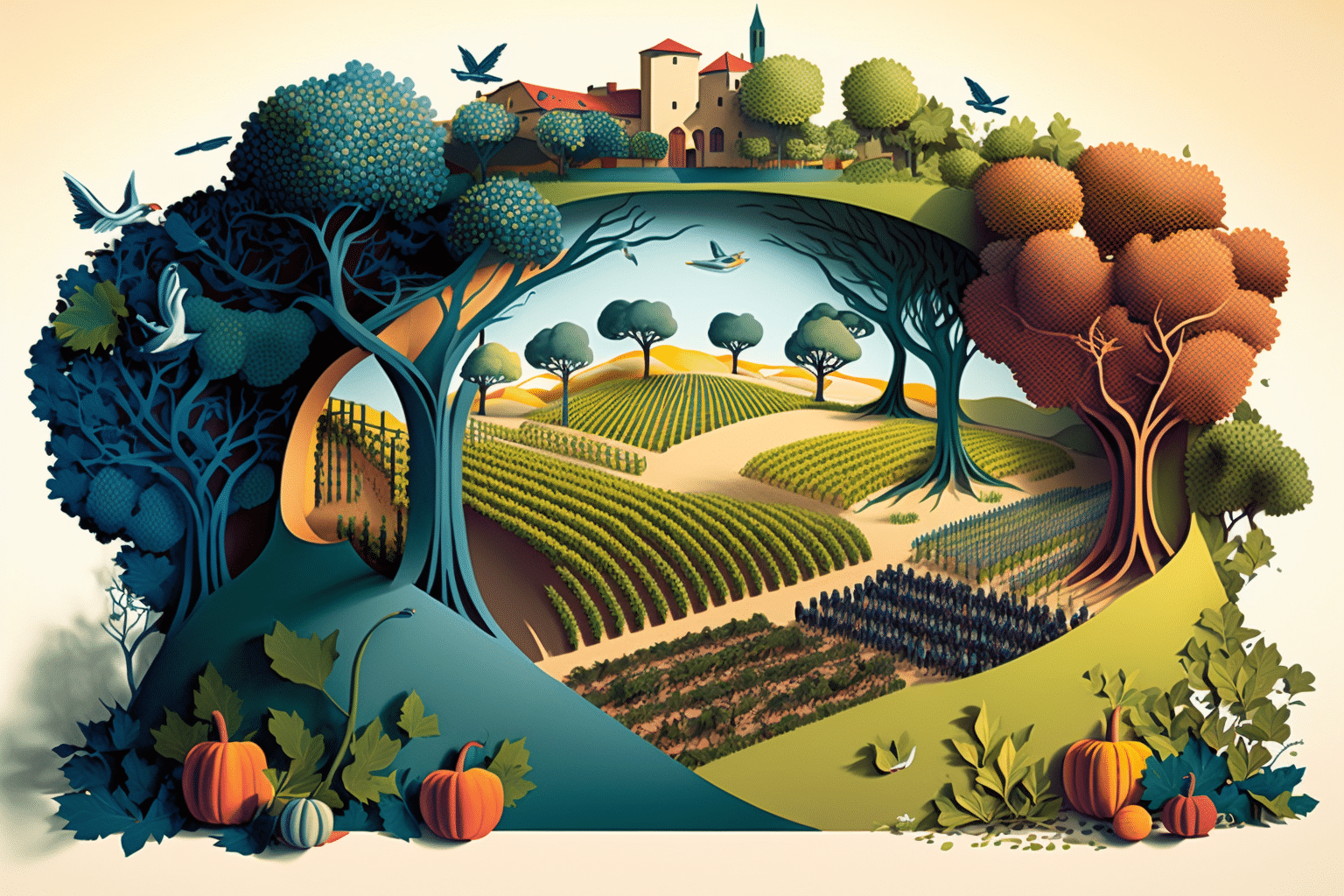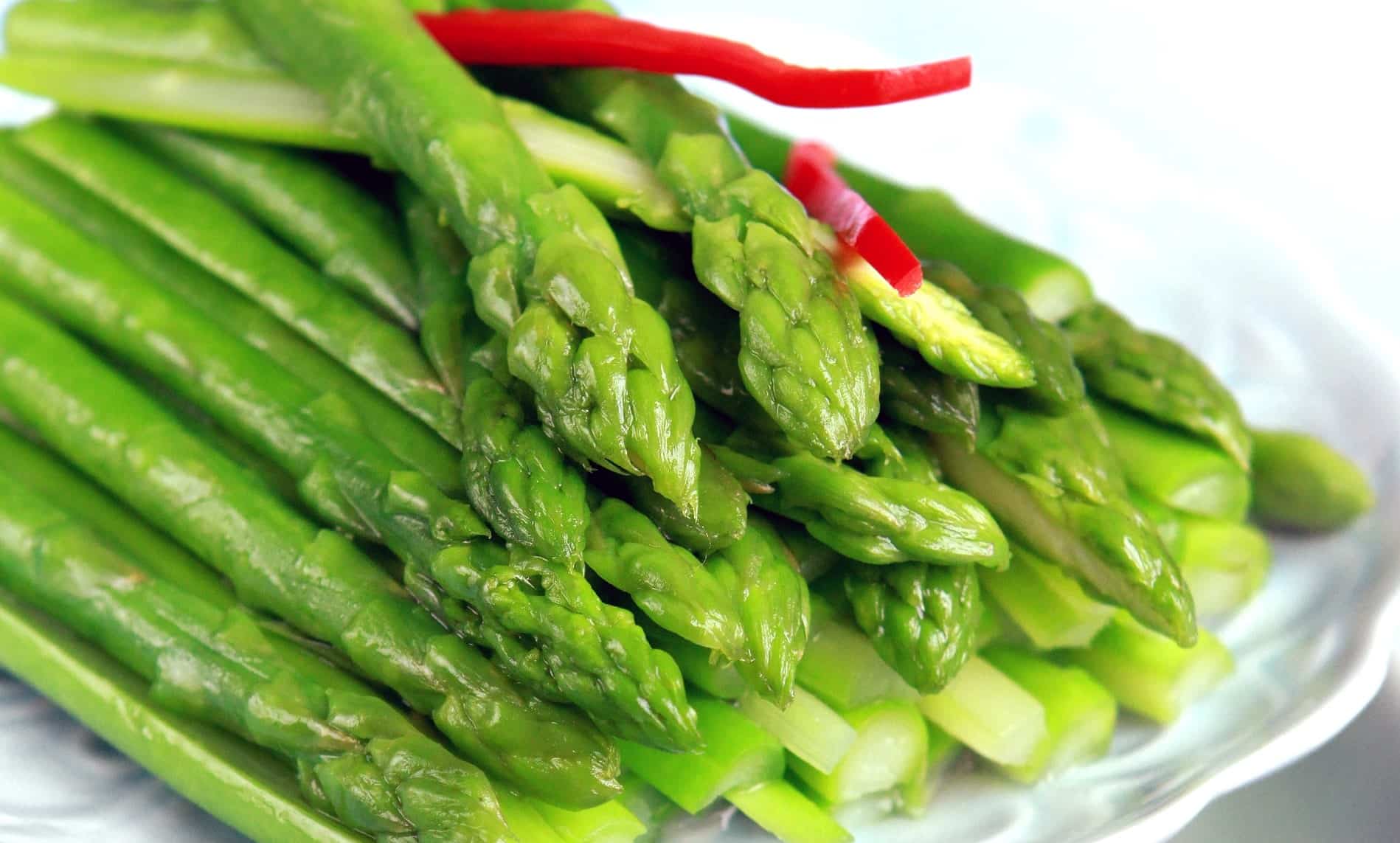Quaint Wineries In Picturesque Settings In Sebastopol - Vineyards In The Sonoma Region
Quaint Wineries In Picturesque Settings In Sebastopol - Vineyards In The Sonoma Region
Blog Article
Charming Wineries With Views In Sonoma Valley - Sonoma Area Winery For Tasting
Wine tasting is an art that mixes sensory experience with an appreciation for the nuances of different varietals. How to gauge flavors in winery wine tasting classes is pivotal to grasping the complexities of wine.
Partaking in a wine tasting involves greater than merely sipping and savoring. It requires a targeted strategy to determine aromas and flavors that each wine presents. As you start, observe the wine's look, noting its color and clarity. These visible cues usually counsel a wine’s age, grape variety, and even potential flavor profiles.
The next step within the tasting course of is to swirl the wine in your glass. This action releases fragrant compounds which are very important for analysis. Lean in and take a second to inhale deeply; the aromas can range from floral and fruity to spicy and earthy. The nostril of the wine is simply as essential because the palate, and recognizing scents performs a significant function in understanding the overall experience.
When taking your first sip, allow the wine to maneuver throughout your palate - Wine Tasting Experiences With Local Cheese. Notice the preliminary flavors that present themselves. Is the wine fruity, floral, or maybe herbaceous? This preliminary style offers insight into what the wine is more probably to specific as you proceed to evaluate it. The mouthfeel additionally contributes to the general flavor experience; it could be silky, tannic, and even effervescent.
Quaint Wineries In Picturesque Settings In Sebastopol - Sebastopol Wine Tours And Vineyards
As you proceed tasting, pay attention to the wine’s steadiness. A well-balanced wine will harmonize acidity, sweetness, and tannins. If one element overwhelms the others, it'd indicate a much less desirable quality. Evaluating stability may help you determine how nicely the wine might pair with food.
Transitioning to the end, think about how the flavors evolve because the wine lingers in your palate. A long, pleasant finish can point out a high-quality wine, whereas a short or abrupt end would possibly counsel in any other case. Mirror on whether the flavors remain consistent or if new notes emerge as the wine settles. This progression can reveal complexities and intricacies which may not have been apparent within the initial tasting.
Temperature is also an important factor in evaluating wine flavors. Completely Different types of wine are optimally enjoyed at particular temperatures. White wines often shine when chilled, while pink wines usually carry out best at room temperature. When tasting, ensure the wine is at the acceptable temperature to fully respect its character.
Wine Tasting Experiences With Local Cheese - Sonoma Wineries With Vineyard Views
Pairing food with wine can greatly enhance the tasting experience. Foods can influence the perception of flavors in wine, either highlighting certain traits or diminishing them. When evaluating flavors, consider how the wine interacts with totally different meals, noticing which flavors are amplified or muted (Rustic Family-Owned Wineries In Sebastopol).
Think About the affect of terroir as you engage in a winery tasting. Terroir encompasses the distinctive environmental factors that affect grape growing, together with soil composition, climate, and geography. Understanding a wine's terroir can provide insight into its flavors and aromas, fostering a deeper appreciation for the choices made throughout its cultivation and manufacturing.
Training plays a elementary position in enhancing one's ability to gauge wine flavors. Studying about grape varieties, wine regions, and production strategies can pave the way in which for extra knowledgeable judgments throughout tastings. Additionally, attending workshops read more or classes can refine sensory skills and broaden your flavor vocabulary, enabling you to articulate tasting notes extra successfully.

Lastly, it is essential to do not overlook that evaluating wine flavors is a highly personal experience. Particular Person preferences and perceptions will invariably form one’s tasting journey. Enjoyment ought to be at the forefront, with the analysis process acting as a device to boost understanding and appreciation somewhat than create rigid tips.
Family-Friendly Wineries Near Sebastopol - Sonoma Vineyards For A Perfect Day Out
In conclusion, mastering the method to consider flavors in winery wine tasting sessions involves a mix of sensory engagement, data, and practice. By studying to identify aromas, assess the balance, and recognize the intricacies of flavor, wine enthusiasts can deepen their connection to every bottle they encounter. As with any art kind, the more one immerses themselves within the experience, the extra they'll discover and enjoy the vast world of wine.
- Begin by observing the wine's color and clarity, as these visible components can hint at its flavor profile and growing older potential.
- Swirl the wine gently in your glass; this releases fragrant compounds, permitting you to raised establish the complex scents related to the wine.
- Take a deep inhale earlier than tasting, focusing on each primary and secondary aromas to assemble insights on fruits, spices, and other nuances.
- When tasting, permit the wine to coat your palate; note the initial flavors, the mid-palate complexity, and the end as these levels can present completely different flavor highlights.
- Pay consideration to texture and mouthfeel, as elements similar to tannin ranges, acidity, and sweetness contribute considerably to the general tasting experience.
- Compare flavors against commonplace wine characteristics; for purple wines, think about berry notes, oak affect, and natural tones, whereas whites may embrace citrus, stone fruits, and floral hints.
- Take notes in the course of the tasting session to trace your impressions, serving to you to recollect and evaluate the different wines sampled.
- Talk About your findings with fellow tasters or winery staff, as sharing insights can improve understanding and appreciation of particular person flavors.
- Allow time for the wine to breathe; typically, flavors evolve and reveal new dimensions after being uncovered to air.
- Experiment with food pairings during the tasting as they can dramatically alter how flavors are perceived, influencing general enjoyment.undefinedWhat ought to I look for when evaluating the aroma of wine during a tasting?
Begin by swirling the wine in your glass to launch its aromas. Deliver the glass to your nose and take a deep breath. Pay consideration to the primary scents you detect, as these are sometimes the most outstanding. Look for fruit, floral, natural, or earthy notes and try to determine particular characteristics, which can deepen your understanding of the wine's complexity.
Upcoming Wine Festivals In Sonoma County - Exploring Sonoma's Wine Landscape

How can I distinguish between different flavor profiles in wine?
Perceive that flavor profiles are sometimes categorized as fruit, floral, herbaceous, spicy, or mineral. Take small sips and permit the wine to coat your palate. Discover the first flavors that emerge first and the refined notes that follow. This layering is essential in distinguishing the wine's traits and can allow you to he said recognize its distinctive profile.
Wineries That Welcome Walk Ins - Sebastopol Area Wineries Offering Wine
What is the importance of the wine's texture in a tasting?
The texture of the wine, also recognized as mouthfeel, plays a vital role in how we perceive flavors. Pay attention as to if the wine feels clean, creamy, or gritty. The body of the wine (light, medium, or full) can improve or distinction with flavors, providing a extra rounded experience during tasting.
How do I assess the stability of flavors in wine?
Balance in wine refers back to the harmony between acidity, sweetness, tannin, and alcohol. Take a moment to assess whether these parts complement or intrude with one another. A well-balanced wine will have none of its components overpowering the others, creating a pleasant tasting experience.
Wineries With Unique Varietals - The Charm Of Sonoma Wineries
What role does temperature play in evaluating wine flavors?
Temperature can significantly impression the notion of flavors. Typically, pink wines are greatest served slightly under room temperature, while white wines take pleasure in being chilled. As the temperature changes, the aromas and flavors can shift, allowing you to understand completely different traits. It’s important to taste wine at its optimum temperature for true evaluation.
Best Wineries For Sunset Views In Sebastopol - Sonoma Wine Region Vineyards
How can I improve my tasting skills over time?
Practice is vital to enhancing your tasting skills. Vintage Wine Tasting Experiences In Sebastopol. Attend tastings, keep a journal of your experiences, and explore different types of wines to broaden your palate. Additionally, learning about wine manufacturing and grape varieties can provide context that enhances your evaluation course of, making you a more knowledgeable taster.
Is there a particular order during which I ought to taste the wines?
Wine Tasting Trails In Sonoma Valley - Wineries With Stunning Views In Sonoma
Yes, it’s advisable to style wines from light to full-bodied and dry to candy. This development prevents the stronger flavors from overshadowing the extra delicate ones, permitting you to completely respect each wine's characteristics and nuances without palate fatigue.
How can I evaluate the aftertaste of wine?
Artisan Wineries In Russian River Valley - Scenic Wineries Of Sebastopol
The aftertaste, or end, is a crucial facet of the wine-tasting experience. After swallowing, pay attention to how lengthy the flavors linger in your palate and whether they change. A lengthy, pleasant finish is commonly an indicator of a high-quality wine, whereas a short or disagreeable end could counsel in any other case.
Why is it necessary to notice the wine’s acidity throughout tasting?
Acidity contributes to the general freshness and construction of the wine. Pay consideration to the tingling sensation in your tongue; larger acidity can improve the wine's liveliness and steadiness out sweetness. Noting acidity helps decide the wine's versatility with food and its getting older potential.
What ought to I do if I battle to establish particular flavors in wine?
Family-Oriented Wine Tasting Venues In Sebastopol - Discovering The Vineyards Of Sonoma County
Struggling to establish flavors is frequent, particularly for beginners. Focus on broader classes and describe what you can recognize, similar to sweet or earthy notes. With practice, reading about different flavor profiles, and maybe utilizing flavor wheels, you'll refine your senses and develop a more nuanced strategy to tasting. Report this page